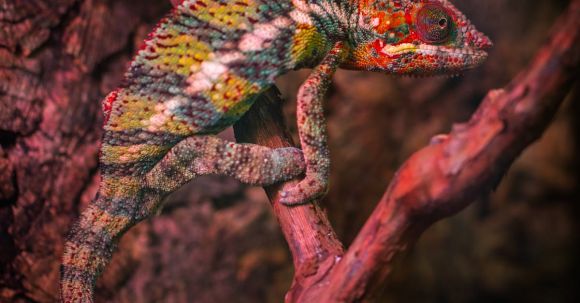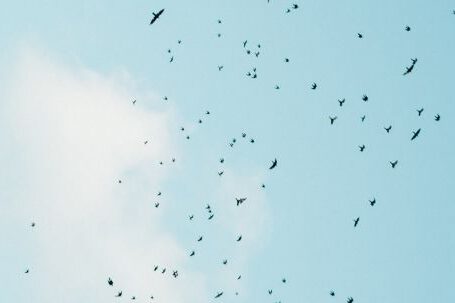One of the most fascinating abilities in the animal kingdom is the power to regenerate lost limbs. While humans can only dream of growing back a lost arm or leg, there are several creatures in the natural world that possess this incredible ability. From starfish to salamanders, these animals have the remarkable capacity to replace damaged or missing body parts, and scientists are still working to unravel the mysteries behind this extraordinary phenomenon.
Starfish: Masters of Regeneration
When it comes to regenerating limbs, starfish are true masters of the art. These unique creatures possess the ability to regrow not just one, but an entire arm if it gets severed. This remarkable feat is made possible by their specialized cells called pluripotent cells, which have the ability to differentiate into various types of tissues. When an arm is lost, these cells swing into action, rapidly dividing and forming new tissues, eventually growing into a fully functional arm. It’s a process that seems almost magical, but it’s all thanks to the starfish’s incredible regenerative abilities.
Salamanders: The Kings of Regrowth
While starfish are impressive, salamanders take limb regeneration to a whole new level. These amphibians can regrow not just arms or legs, but even parts of their spinal cord and heart! The secret lies in their cells’ remarkable ability to dedifferentiate. When a salamander loses a limb, the cells at the site of the injury undergo dedifferentiation, transforming back into a more primitive state. From there, they can then redifferentiate into the specific cells needed to rebuild the missing limb. This process is controlled by a complex network of molecular signals, which scientists are still trying to fully understand. But one thing is clear – salamanders are the true kings of regrowth.
Axolotls: Nature’s Regeneration Superstars
If salamanders are the kings of regrowth, then axolotls are the undisputed superstars. These small aquatic creatures are capable of regenerating not just limbs, but also their spinal cord, heart, and even parts of their brains. Axolotls achieve this incredible feat through a combination of dedifferentiation and a unique immune response. When a limb is lost, the cells at the site of the injury dedifferentiate, just like in salamanders. But what sets axolotls apart is their ability to prevent scarring and inflammation, which allows for more efficient regeneration. This remarkable ability has captivated the attention of scientists worldwide, as they hope to unlock the secrets of axolotl regeneration for potential applications in human medicine.
The Quest for Human Regeneration
While the regenerative abilities of animals like starfish, salamanders, and axolotls are awe-inspiring, the question remains – can humans tap into this potential? Scientists are hard at work trying to unlock the secrets of regeneration, hoping to someday harness this power for medical purposes. While the road ahead is long and complex, there have been promising breakthroughs in the field. For example, researchers have successfully induced partial regeneration in mice, showing that it is possible to activate dormant regenerative abilities in mammals. This has opened up new avenues of research and renewed hope for the future of regenerative medicine.
In conclusion, the ability of certain animals to regenerate lost limbs is a marvel of nature. Starfish, salamanders, and axolotls have mastered the art of regrowth, thanks to their unique cellular abilities. While humans are still far from achieving such feats, the ongoing research in the field of regenerative medicine offers hope for the future. By unraveling the mysteries behind these incredible regenerative abilities, scientists are paving the way for a new era in healthcare, where the regeneration of lost limbs may no longer be a mere dream but a reality.





